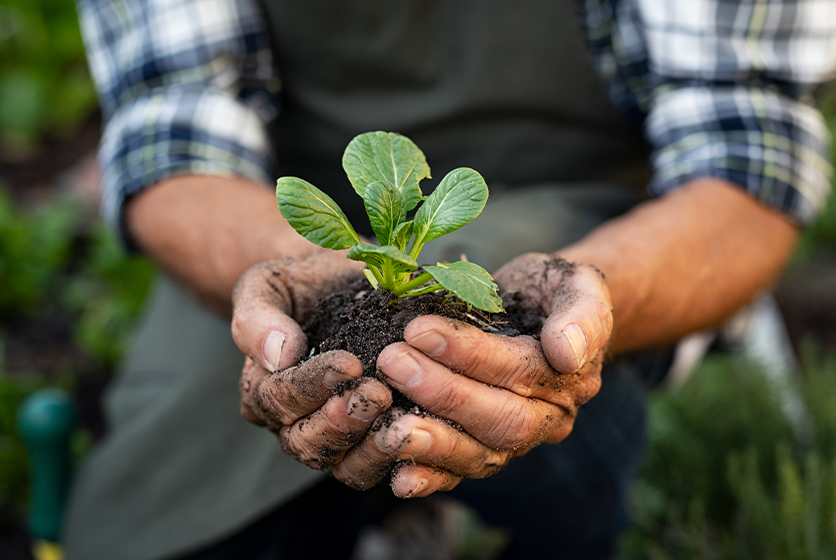Subsistence Farming in India
The history of Indian agriculture goes back to around 9000 BCE. India indeed has an interesting history when it comes to agriculture! Our country’s path to modern agriculture has seen several innovations and unique features such as:
- Development of irrigation channels
- Double monsoons
- Cotton cultivation and
- Diverse types of farming too
There are different ways to look at the types of agriculture that India practices and there are many terms associated with the same as well: terrace farming, commercial farming, urban farming, organic farming, hydroponics, and so on. One such term is subsistence farming. Let's look at the same.
What is subsistence farming?
Subsistence farming is on the other end of the spectrum from commercial farming. Sometimes known as family farming, subsistence farming is where the farmer cultivates a field that supports their personal or family’s needs. Such a farming method is characterised by:
- Labour intensive practices
- Low levels of technology
- Use of indigenous tools
- Cultivation on a fixed piece of land or shifting cultivation
- Low yields
- Mixed crops cultivation and
- Small land holding sizes
India’s smallholder farms
Smallholder farms are classified as being less than 5 acres of land. More than 80% of farmers in India work on such small parcels of land. This makes India one of the largest countries when it comes to subsistence farming. But this percentage is decreasing due to urbanisation and a fall in rural agriculture as well. For now, India is still high on the list of smallholder farming.
The bigger picture
The land size for a subsistence farmer may be small but there is a bigger picture here. Subsistence agriculture goes a long way in helping stave off poverty in almost all low-income countries. It is also an effective tool to help in food crises and for the cash-strapped farmer with almost no other sources of income, it is a huge safety net for themselves and their families.
It is also interesting to note that subsistence farming is often thought to be more in sync with Nature. Smallholder farmers pay attention to optimising the resources they use and even in the system of shifting cultivation, they work with a focus on the sustainability of the ecosystem around them.

Techniques such as crop rotation used in subsistence farming help improve soil health. It also supplies the farmer with a range of crops to cultivate and use for their family’s nutrition. For instance, on a lot of small farms in India, farmers grow wheat, legumes, cereals, and even horticultural produce to meet their personal needs.
India’s subsistence farmers, especially those cultivating millets, are getting support from bigger entities in the corporate space and at an institutional level as well. For instance, The Indian Council of Agricultural Research (ICAR)- Indian Institute of Millets Research (IIMR) combination is bringing infrastructure support to such small farmers.
In many ways, small farmers are keeping multiple traditions alive as well. And therefore, it is safe to say that for a subsistence farmer, agriculture is not just a job, it’s a way of life.
#InterestingInfo
- One form of subsistence farming, known as jhumming cultivation is practised in Northeast India



